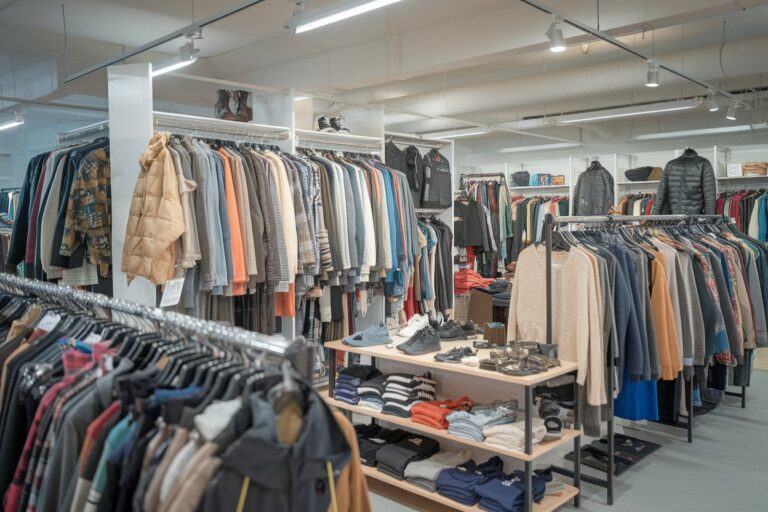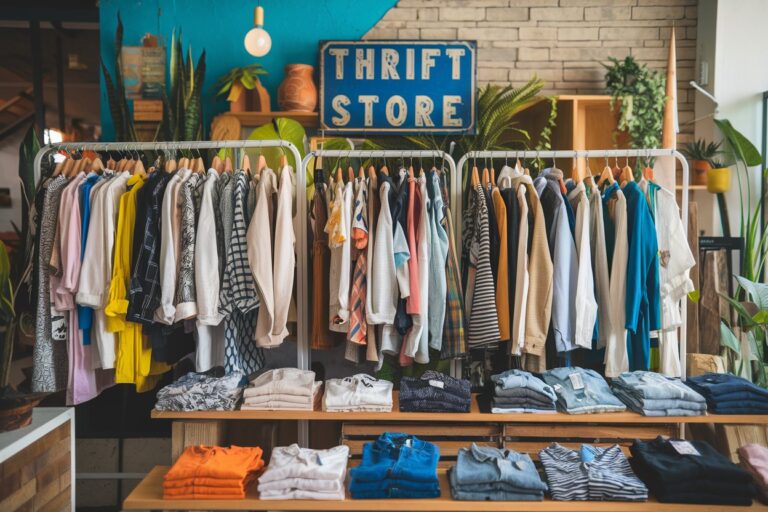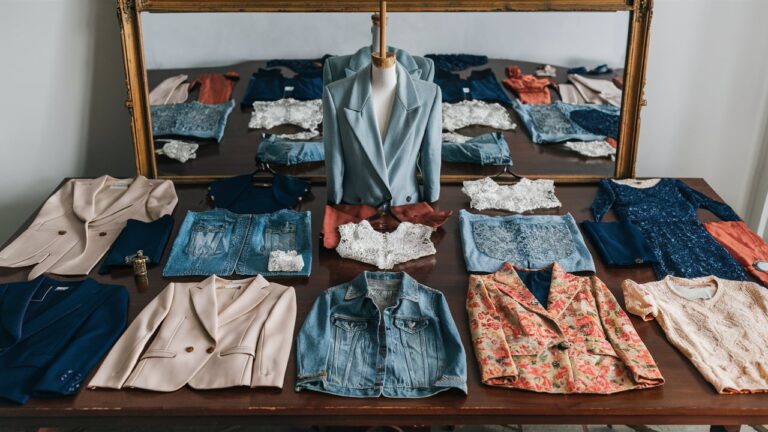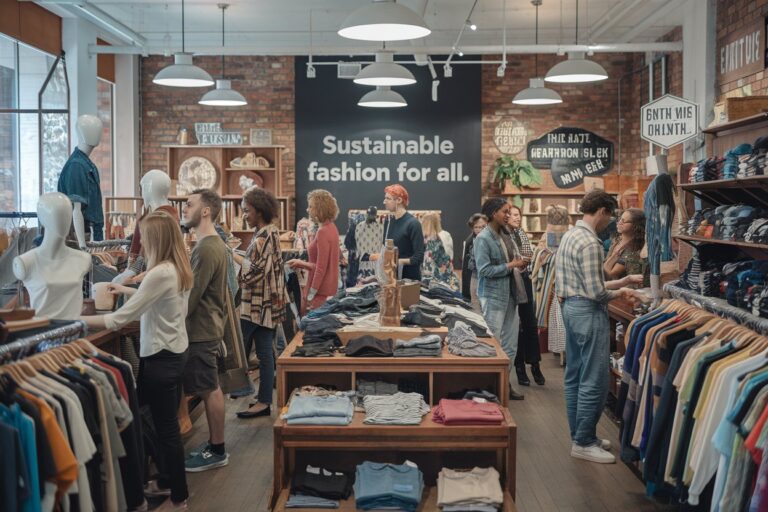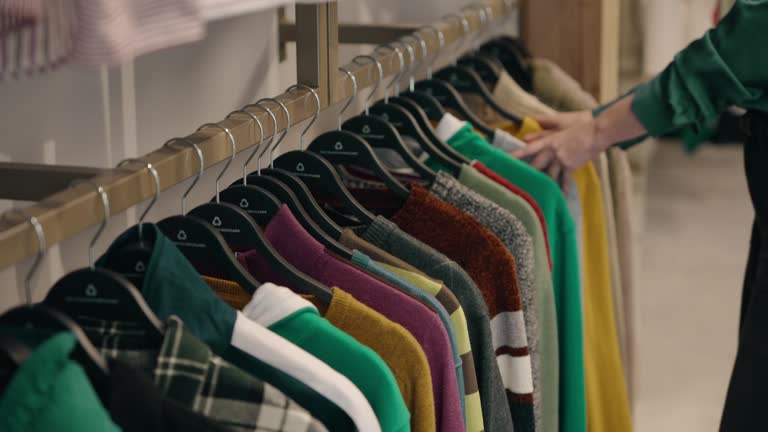The Growing Demand for Second-Hand Clothes in Asian Countries
The demand for second-hand clothes is on the rise across the globe, and this trend is especially apparent in Asian countries. As consumers become more mindful of their spending and the environmental impact of fast fashion, the appeal of preloved garments is growing rapidly. What was once considered a niche market is now a booming industry that caters to a wide range of consumers, from fashion enthusiasts looking for unique pieces to budget-conscious individuals seeking affordable options.
In this article, we will explore the growing demand for second-hand clothes in Asia, looking at the reasons behind the trend, the impact on local economies, and how digital platforms are reshaping the way people shop for thrifted items
The Global Appeal of Second-Hand Clothes
Second-hand clothing has become a global trend, driven by two primary factors: environmental consciousness and fashion trends. More people are becoming aware of the detrimental impact fast fashion has on the environment, leading to a shift toward more sustainable choices. Buying second-hand clothes is one such choice, as it promotes the reuse of existing garments rather than the constant production of new ones.
In addition to this, fashion trends have embraced thrift shopping as a means of standing out. Influencers and fashion-forward individuals are turning to second-hand stores to find unique, vintage pieces that can’t be found in mainstream retailers.
Why Second-Hand Clothes Are Popular in Asian Countries
Economic Factors Influencing the Shift
One of the major reasons for the rising demand for second-hand clothes in Asia is economic. In many Asian countries, income inequality is high, and a large portion of the population looks for affordable alternatives to mainstream fashion. Second-hand clothes offer a practical solution to this, providing stylish, high-quality garments at a fraction of the price.
Moreover, the global inflation and economic slowdown due to the COVID-19 pandemic have made second-hand shopping more appealing, as people prioritize savings without sacrificing style or quality.
Cultural Acceptance and Changing Perspectives
Traditionally, many Asian cultures viewed second-hand clothes as undesirable due to concerns about hygiene and social status. However, this perception is changing. Younger generations, particularly millennials and Gen Z, are more open to thrift shopping, driven by both economic necessity and a desire to make eco-friendly choices. The social stigma surrounding used clothes is fading, and wearing second-hand items is increasingly seen as trendy and resourceful.
Key Asian Markets for Second-Hand Clothing
Second-Hand Clothing in India
India has seen significant growth in the second-hand clothing market. Urban areas, in particular, are witnessing a surge in demand as consumers look for budget-friendly fashion alternatives. The concept of “preloved” fashion is also gaining traction, with more young people buying and selling used clothes through online platforms.
The Rise of Thrift Shopping in China
China, with its massive population, has become a key player in the second-hand clothing market. The rise of thrift shopping here can be attributed to increasing environmental awareness and a growing middle class that seeks out both fashionable and affordable options. The market is expanding quickly, with digital platforms playing a crucial role in connecting buyers and sellers.
The Booming Second-Hand Industry in Southeast Asia
Southeast Asian countries like Thailand, the Philippines, and Indonesia are also seeing a rapid expansion of the second-hand clothing industry. In these regions, second-hand clothes are often imported from Western countries and resold at local markets or through online platforms, catering to a diverse range of consumers.
Economic Benefits of Second-Hand Clothes
One of the most obvious advantages of second-hand clothing is its affordability. In Asian countries where income disparity is a significant issue, second-hand clothes offer an affordable alternative to expensive retail brands. This allows people from lower-income brackets to access quality clothing without straining their budgets.
Additionally, second-hand clothes often provide better value for money. Many thrift stores carry high-quality, branded items that are still in good condition, making them a more cost-effective option than buying new, lower-quality items.
Environmental Impact of Buying Second-Hand Clothes
The environmental benefits of buying second-hand clothes cannot be overstated. The fashion industry is one of the largest polluters in the world, contributing to both textile waste and carbon emissions. By choosing second-hand clothes, consumers play a direct role in reducing fashion waste and promoting a more sustainable, circular economy.
The reuse of garments helps keep clothes out of landfills, reduces the demand for new production, and conserves the resources needed to create new clothes, such as water and energy. In many ways, the second-hand clothing industry is a key component of the global push toward sustainability.
The Role of E-Commerce and Digital Platforms
Growth of Online Thrift Stores
The rise of e-commerce has been a game-changer for the second-hand clothing market in Asia. Online thrift stores have made it easier than ever for consumers to browse a wide variety of second-hand items from the comfort of their homes. These digital platforms not only connect buyers and sellers but also provide a convenient way to shop for preloved fashion.
Popular Platforms in Asia Facilitating Second-Hand Purchases
Platforms like Carousell, OLX, and even Instagram-based thrift shops are gaining popularity in Asia. These platforms allow individuals to buy and sell used clothing, creating a thriving online community for second-hand fashion enthusiasts.
Challenges Facing the Second-Hand Clothing Market in Asia
Stigma and Societal Barriers
Despite the growing demand, the second-hand clothing market in Asia still faces challenges. In some regions, there remains a lingering stigma associated with wearing used clothes. This is especially true in more conservative cultures where new clothing is often associated with wealth and status.
Quality and Hygiene Concerns
Another challenge is the perception of quality and hygiene. Some consumers are hesitant to buy second-hand clothes due to concerns about cleanliness and the condition of the garments. However, as more consumers experience the benefits of thrift shopping, these concerns are gradually being addressed through better cleaning practices and quality control.
The Future of Second-Hand Clothes in Asian Countries
Looking ahead, the second-hand clothing market in Asia is poised for significant growth. As more people become aware of the environmental and economic benefits of second-hand shopping, the market will continue to expand. Additionally, the push for sustainability in fashion will likely drive further demand for preloved garments.
The future demand for second-hand clothes in Asia will also be shaped by digital platforms, which will continue to make it easier for consumers to buy and sell used clothing. As the industry grows, it may even lead to new business models and innovations that further promote sustainable fashion practices.
Conclusion
The demand for second-hand clothes in Asian countries is not just a passing trend—it’s a reflection of larger economic, cultural, and environmental shifts. As consumers seek out more affordable and sustainable alternatives to fast fashion, the second-hand clothing market will continue to thrive. Whether driven by a desire to save money or a commitment to reducing fashion waste, the appeal of second-hand clothes is here to stay.



